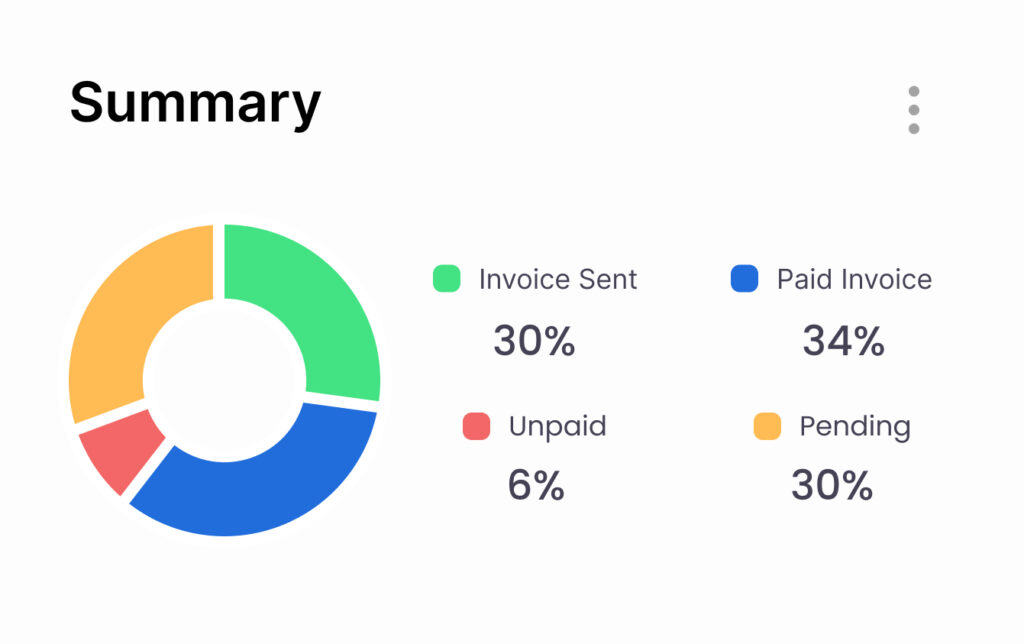With Champions Mortgage, you’ll get unbeatable rates, personalized service, and speedy closings – we will even beat credit unions.
Applicants Close with Us
Loan Approval
Customer Satisfaction



Applicants Close with Us
Loan Approval
Customer Satisfaction
| Interest | APR | Points |
|---|---|---|
| 5.500% | 5.500% | -0.625 |
| Interest | APR | Points |
|---|---|---|
| 15 Year Fixed | 4.795% | -0.47 |
| Interest | APR | Points |
|---|---|---|
| 4.750% | 5.448% | -0.745 |
| Interest | APR | Points |
|---|---|---|
| 4.750% | 4.935% | -0.614 |
Buying a house is a major milestone, but it’s also a huge investment. You shouldn’t have to compromise on your dream home because of high mortgage rates. That’s why we’re here — the champions of home financing that give you the best possible deal, so you can live in a home you love without breaking the bank.

We make buying a house hassle-free thanks to easy-to-understand terms and flexible, affordable mortgage rates. Our goal isn’t just to get you into a house — we want to help you make an investment that pays you back thanks to low rates in a beautiful home.
When you are buying a property, you’re in it for the long haul. We know this is the biggest financial investment of your life. Let us help you make it easier with personalized care, and financial advice from home financing experts.
Mortgage refinancing can be an effective way to lower your monthly payments, reduce the term of your loan, or cash out equity to pay for expenses like home improvements or college tuition.

No problem! We'll help you understand them and find the best deal.
We'll guide you through the process with ease.
We'll help you avoid them and keep costs down.
We can work around your situation to get you a loan.
We'll help you negotiate a fair deal.
We've got the connections to help you find the best terms.



Your mortgage broker acts on your behalf to ensure you get the best possible rates for your new home. Rather than focus solely on upfront costs, we make sure the mortgage you get saves you money in the long run, too.
Did you know that the average closing costs for a home purchase in the US can range from 3% to 6% of the purchase price, adding up to thousands of dollars in fees and taxes? For example, if you’re purchasing a home for $200,000, you could be looking at up to $10,000 in closing fees.
With Champions Mortgage, we keep your closing costs between 1% to 3% of the sales price and even have several Conventional Grant Programs, FHA Down Payment Assistance Programs & 0% Down Programs to keep your cash to close minimal during the home buying process.
Nothing is more important than finding a house you’re truly proud to call home. If you’ve been struggling to find the right financing, you aren’t alone. The team at Champions Mortgage is here to make buying and securing your dream home easy.

Champions Mortgage works with a wide variety of home loans that match anyone’s preferences!
We get to know you, your finances, and your dreams so we can help you get the perfect deal on a home loan. Whether you’re buying or refinancing, we take your entire life into consideration to make sure you get the lowest rates and best deal possible.
As financial professionals, we have access to the best rates from the country’s top mortgage lenders. It can be much easier to get the monthly payments you’re looking for with our help rather than trying to negotiate terms on your own. Our team helps strike favorable deals that make both lenders and borrowers happy.
You’re never alone when you work with us. We know how confusing mortgages are, and we work with you step by step to ensure you never feel out of the loop. Whether you have questions about the home buying process, certain terms, or other conditions, we’ll make you feel like a mortgage pro with easy-to-understand explanations.
Your success and happiness are our number one priorities. We will always go the extra mile to make sure your questions are answered, and you’re 100% satisfied with our services.
Trustindex verifies that the original source of the review is Google. Best people to dealTrustindex verifies that the original source of the review is Google. Mozzy made the whole mortgage process way easier than I expected. Super helpful, always quick to respond, and kept things moving. Highly recommend working with him.🤩Trustindex verifies that the original source of the review is Google. Great working with y’all. Mission accomplished.Trustindex verifies that the original source of the review is Google. I received a service from Mrs Y Vu, and it was wonderful. She is willing to help us close the prop as soon as possible and help us find the best way to move forward with the loan.Trustindex verifies that the original source of the review is Google. Really appreciate the support and responsiveness from your team—makes this whole mortgage process way less stressful.Trustindex verifies that the original source of the review is Google. I can’t say enough positive things about Mozzy and his Team at Champions. As a first-time homebuyer in Houston, working with Mozzy was an absolute game-changer. I shopped aggressively but no one came close to matching his pricing which is how I ended up proceeding with him initially but Mozzy also made everything crystal clear from the start which really helped. His prompt attention to us made our entire experience practically stress-free and we still made our 2 week deadline. On top of all that, he even called me 7 months after we closed and refinanced us for FREE to a lower rate with absolutely NO closing cost. If you're looking for an honest loan officer who stands out from the rest, Mozzy is the one to call!!!Trustindex verifies that the original source of the review is Google. Mozzy Azarian did a fantastic job with my dad’s loan. He delivered the best pricing and experience my family has ever had in the mortgage industry. Would highly recommendTrustindex verifies that the original source of the review is Google. Outstanding and wonderful Steph , is the one you need She's caring very understanding, well spoken , I counted on her and she came through with answers everything you need to know and will make things easier for you If you’re looking for a reliable mortgage company, I would highly recommend Champion Mortgage, Look for Steph Shell take care of you,Load moreVerified by TrustindexTrustindex verified badge is the Universal Symbol of Trust. Only the greatest companies can get the verified badge who has a review score above 4.5, based on customer reviews over the past 12 months. Read more

A trusted company formed to help your business grow.